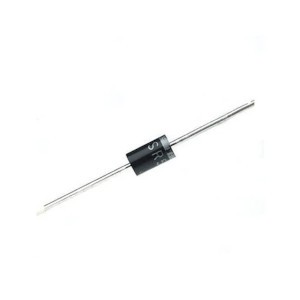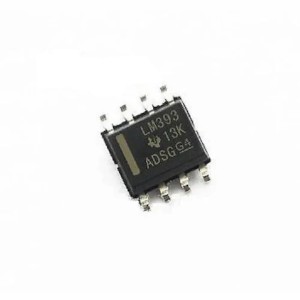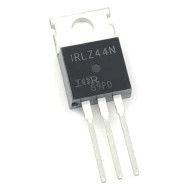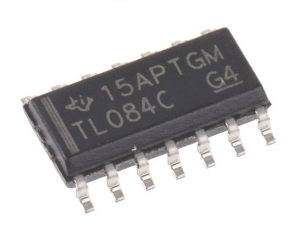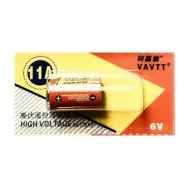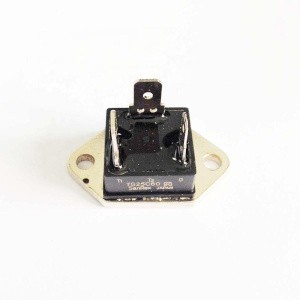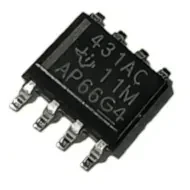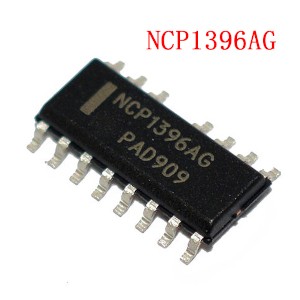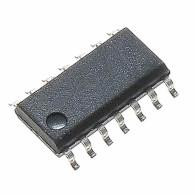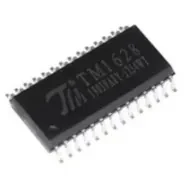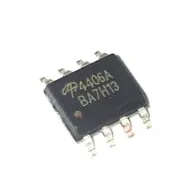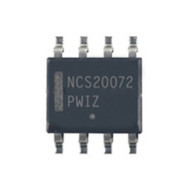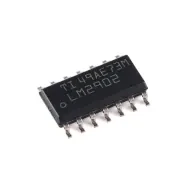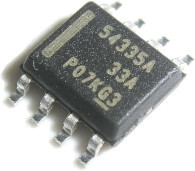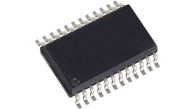

CD4020BM 14-Stage Binary/Ripple Counter IC
Inhouse product
-
৳320.00
Reviews & Ratings
The CD4020BM is a 14-stage binary ripple counter IC, commonly used in digital circuits for counting purposes. It is a part of the CD4000 series of CMOS (complementary metal-oxide-semiconductor) logic ICs, which are widely used in various applications for their low power consumption and wide operating voltage range.
Key Features:
- 14-Stage Binary Ripple Counter: The IC has 14 flip-flops arranged in a binary counter format. It can count from 0 to 16,383 (2^14 - 1).
- Ripple Counter Design: It operates as a ripple counter, meaning the output of one flip-flop is connected to the clock input of the next flip-flop. This gives the ripple effect and can lead to slower response times as each stage has to propagate its state to the next one.
- Asynchronous Operation: The stages of the counter are clocked by an external signal, with each flip-flop triggering the next on the rising or falling edge of the clock pulse.
- Wide Voltage Range: It typically operates over a voltage range of 3V to 18V.
- Low Power Consumption: CMOS technology ensures that the IC draws minimal current when idle.
- High Noise Immunity: The IC can work in noisy environments, which is beneficial in industrial or automotive applications.
Pinout:
The CD4020BM has 16 pins, with the following typical function:
- Clock Input (Pin 1): The clock input that controls the counter.
- Q Outputs (Pins 2 to 14): The binary counter outputs, with Q0 representing the least significant bit (LSB) and Q13 being the most significant bit (MSB).
- Reset (Pin 15): This input, when triggered, clears the counter to zero.
- VSS (Pin 8): Ground.
- VDD (Pin 16): Supply voltage.
Applications:
- Time Delay Circuits: It can be used in generating time delays for applications like timers or clocks.
- Frequency Division: Can divide input clock frequencies by large factors due to its 14-stage nature.
- Event Counting: Used in counting events like pulses in systems where high counts are required (e.g., mechanical counters, data acquisition systems).
- Digital Logic Circuits: It can be used as a building block in more complex digital systems.
Frequently Bought Products
NCP1396AG LCD TV original IC
TM1628A SOIC-28 LED Drive IC
Product Queries (0)
Login Or Registerto submit your questions to seller
Other Questions
No none asked to seller yet
-
৳320.00
